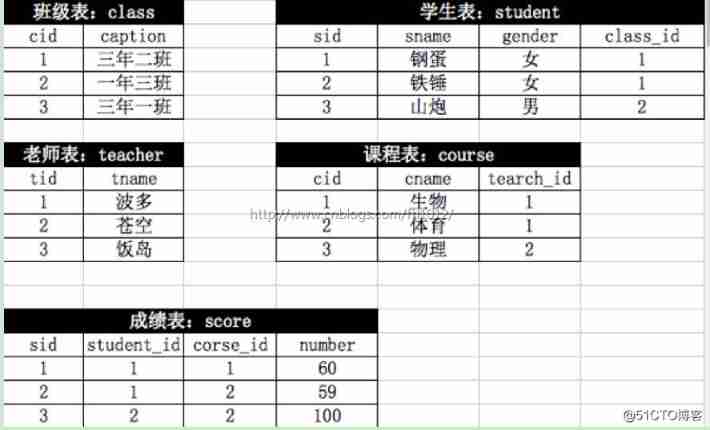
class Solution {
/**
Violence law + dp
Ideas :
dp[i] Express , Must be in the form of i The length of the longest incrementing subsequence ending at positions
Every time I get to a position , You have to go back and scan the array , If there is
An array smaller than the value of the current position , From him dp Get its length from + 1
You can get dp[i] A possible value of the current position , Go to 0...i - 1
The maximum value of all possible values in this interval , Namely dp[i] The answer to the position ,
If 0...i - 1 The values in this interval are all higher than nums[i] Big , that
dp[i] = 1
*/
public int lengthOfLIS(int[] nums) {
int N = nums.length;
if (N == 1) return 1; // If the array length position , Then the longest increasing subsequence is 1
// dp[i] Express , Must be in the form of i The length of the longest incrementing subsequence ending at positions
int[] dp = new int[N];
dp[0] = 1; // dp[0] Must be 1
int ans = 1;
for (int i = 1; i < N; i++) {
dp[i] = 1;
// scanning 0...i-1 Possible values of the area
for (int j = i - 1; j >= 0; j--) {
if (nums[i] > nums[j]) // Find a possible value
// Take the biggest one
dp[i] = Math.max(dp[j] + 1, dp[i]);
}
ans = Math.max(ans, dp[i]);
}
return ans;
}
}
class Solution {
/**
Two points + dp
Ideas :
dp Array meaning , arrive i Who is the longest increasing subsequence of position
First in dp The valid region of the array finds the first ratio current value nums[i] Big
use nums[i] To update this number ; If you can't find it, append it at the end , size++
such as : [10,9,2,5,3,7,101,18]
i == 0, 10 --> size = 1, dp = [10,0....] // 0.... Indicates an invalid region
i == 1, 9 --> size = 1, dp = [9,0....]
i == 2, 2 --> size = 1, dp = [2,0....]
i == 3, 5 --> size = 2, dp = [2,5,0...]
i == 4, 3 --> size = 2, dp = [2,3,0...]
i == 5, 7 --> size = 3, dp = [2,3,7,0...]
i == 6, 101 --> size = 4, dp = [2,3,7,101,0...]
i == 7, 18 --> size = 4, dp = [2,3,7,18,0...]
because dp Arrays are ordered , So we can quickly determine the location through binary search
Overall time complexity O(n * log n)
*/
public int lengthOfLIS(int[] nums) {
int N = nums.length;
if (N == 1) return 1;
int[] dp = new int[N];
int size = 1;
dp[0] = nums[0];
for (int i = 1; i < N; i++) {
// look for dp The first ratio in the array nums[i] Big
int mostLeftBigIndex = search(dp, size, nums[i]);
if (mostLeftBigIndex == -1) {
// If you can't find it , Append after
dp[size++] = nums[i];
} else {
// eureka , Use the value of the current position , to update dp Corresponding position of
dp[mostLeftBigIndex] = nums[i];
}
}
return size;
}
// Two points search , Find the first ratio in the array key Big
private int search(int[] dp, int size, int key) {
int l = 0, r = size - 1;
int res = -1;
while (l <= r) {
int m = (l + r) / 2;
if (dp[m] >= key) {
res = m;
r = m - 1;
} else {
l = m + 1;
}
}
return res;
}
}



